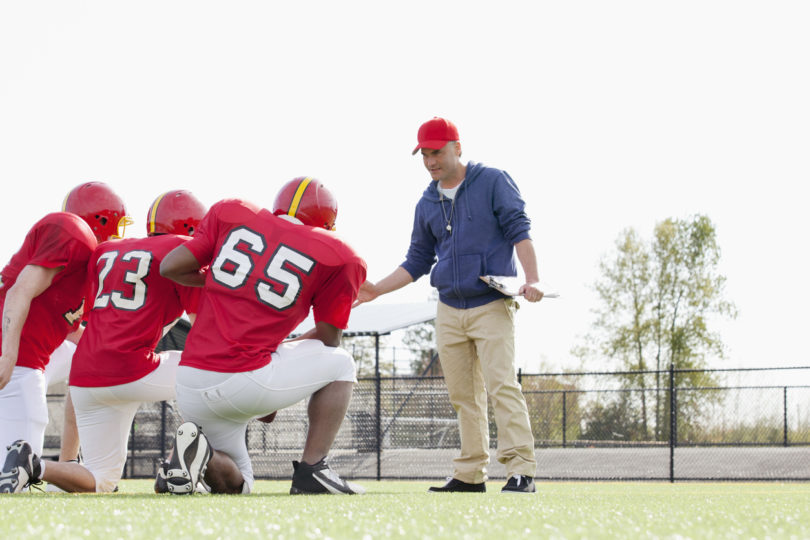In his role as the football coach at the College of William & Mary, Mike London does a lot of educating. He teaches his players all aspects of the game. He teaches them about life, including helping them cope after a player died in the first few days of spring practice.
In his hands-on involvement with Be the Match, a national bone marrow donation organization, he also sees himself as an educator. This past spring, London — named W&M’s coach in Nov. 2018 — took over spearheading the bone marrow campaign for the university. This year, about 200 people signed up to be donors, one of the largest turnouts on the Williamsburg campus.
London knows what he’s talking about. He donated his own bone marrow to his daughter Ticynn when she was 7. Ticynn had Fanconi anemia, a rare but serious blood disorder that prevents your bone marrow from making enough new blood cells for your body to work normally. She’s now in graduate school at Liberty University and doing very well.
W&M began holding bone marrow drives in 2014, under then-coach Jimmye Laycock, joining colleges around the country in a Be the Match program called “Get in the Game. Save a Life.” Getting football players interested in being donors goes back to the 1990s, when Andy Talley, a former coach at rival Villanova University, became aware of the need.
“I thought, ‘I had 90 healthy football players and I think I can do something about that,’ ” says Talley, who started getting other coaches involved. Be the Match partnered with Talley in 2008.
Since W&M started its bone marrow drives, two Tribe players, Mark Williamson and John Carpenter, have been donors.
At the campus recruitments, the process is fairly easy. You fill out a health history form and swab the inside of your mouth. The sample is sent to the Be the Match registry, with a 1 in 435 chance you will be a match, says Brandyn Harvey, a former NFL and Villanova player who now works for Be the Match and also is a donor. You can find out if you are a match in as soon as a week or 10 years later, as was the case with Harvey.
There are two ways to harvest bone marrow for transplant. One is similar to donating blood; the other is a medical procedure that involves sedation and extracting the marrow by injecting a needle into the hip area. Williamson, a senior captain this year for W&M, had this procedure in 2016.
London also worked with Be the Match while coaching at the University of Richmond, the University of Virginia and Howard University. He has had eight people identified as matches.
“I’ve had a couple of players … get that (hip) procedure,” he says. “But when you talk to them, given the fact it was minimal to them and (there was) the possibility of saving someone’s life, they say they would do it again.”



